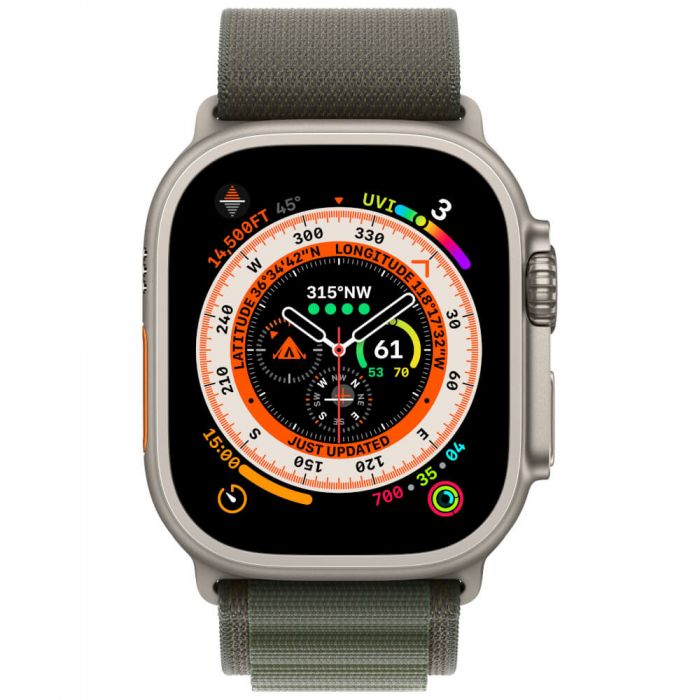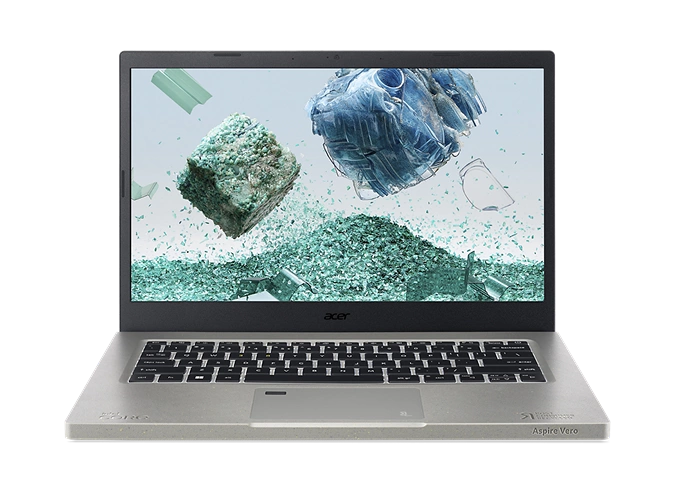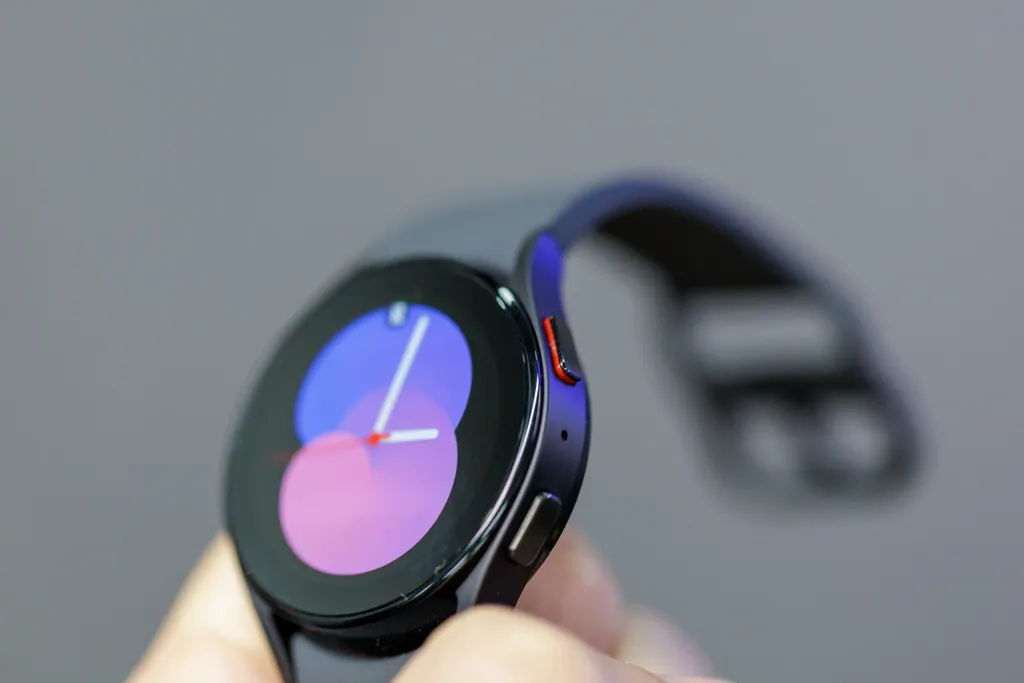The most current smartwatch models are increasingly complete and one of the features that most of them offer is the sleep monitor. With this feature the user receives a detailed graph on the watch (and cell phone) screen, often with sleep phases and other important data collected during the night.
This is already a pretty common feature and of all the watches we’ve tested over the past few months, most have this feature. Some more complete, others more discreet, the fact is that they all have an integrated sleep monitor.
The problem is that some models, despite being very complete in other features, leave a little to be desired in terms of sleep monitoring. Or at least that’s what I noticed when comparing the data recorded by various models.
When I used the Huawei Watch GT 3 — one of the most advanced models from the Chinese company and one of the best on the market — I noticed that the result obtained on it was quite discrepant in relation to other models that I had already tested.
With that, I decided to expand the review to more models and do a deeper comparison of the sleep monitor present in various smartwatches. That way, I had a bigger picture to suggest which is the best option for you to buy if you are looking for something to record your data overnight.
It’s important to note that these watches aren’t necessarily the best overall, but they work best for tracking sleep.
Analyzed models and comparison method
For this analysis, I compared data from the main smartwatches from the biggest manufacturers available on the market: the Amazfit GTR 3 Pro and Amazfit GTS 3, the Huawei Watch GT 3, the Galaxy Watch Active and the Apple Watch Series 7. I’ve also used more professional models like the Garmin Instinct 2 and Garmin Fenix 6 Pro Solar.
To have a parameter on the reliability of the results, I used two watches per night, one on each arm and reversed their positions the following night to obtain data from both wrists.
In this way, I was able to attest that certain models are more faithful when recording sleep data, while a more specific device had more discrepant results, in this case the Huawei Watch GT 3. But I will talk more about this later.
Garmin Fenix 6 Pro Solar and Garmin Instinct 2
These are the models that I most enjoyed testing and using to monitor sleep and I certainly rank them as the best options if you are looking for something that suits you well in this regard.
It is important to emphasize well, however, the price range of these devices. As they are more geared towards professional use, especially for athletes who want more accurate metrics about physical activities, they are priced quite steeply.
/i594348.jpeg)
The Garmin Fenix 6 Pro Solar, for example, costs from BRL 8,000 and can easily exceed 1500 USD. The Instinct 2 is more “affordable”, but costs more than $1000. Prices aside, I’ll explain why I defined them as the best choice for sleep monitoring.
Garmin watches track the most information during sleep. In addition to light sleep time, deep sleep and REM sleep — which almost any watch identifies — it also shows how pulse oximetry and breathing rate varied during the night.
Another important data is about the time the user spent restless or awake during the night. In this way, it is possible to have greater control of the health of sleep and know how much you are agitated during the night, even if you do not wake up completely.
Amazfit GTR 3 Pro and Amazfit GTS 3
If you want to choose the best smartwatch to monitor your sleep at a price that doesn’t scare your pocket so much, Amazfit models are the best options.
/i539110.jpeg)
In recent months I have tested two models of the brand’s smart watches: the Amazfit GTR 3 Pro and the Amazfit GTS 3. Both basically offer the same features for sleep monitoring and, although the GTR 3 Pro is superior, the two meet equally in this regard. question.
In addition to the traditional stages of sleep — light, REM or deep — the wearables allow you to monitor the user’s breathing rate and heart rate during sleep. In addition, the report also alerts if there were breathing difficulties during the night and if this level is alarming for health.
Despite being more affordable models, both offer more complete results than Samsung‘s Galaxy Watch 4 line, which offers more accurate sensors for health monitoring.
As I said, their price range is more accessible: the Amazfit GTS 3 is sold between 230 USD and 250 USD, while the Amazfit GTR 3 is between 230 USD and 270 USD.
Galaxy Watch Active and Galaxy Watch 4
I only tested the Galaxy Watch Active, but I also collected the Galaxy Watch 4 data from AndroidPit product analyst John Mayer. From his experience with this and other smartwatches, the model is very faithful in monitoring and delivering data compatible with other analyzes made.
/i494132.jpeg)
I want to point out, however, that despite being more advanced models and offering more complete monitoring metrics — such as ECG, for example — the amount of data obtained during sleep is not as complete as Amazfit or Garmin.
Anyway, the wearables of the South Korean giant can record the level of oxygen saturation in the blood and even information about snoring – in addition, of course, to the same sleep phases as the other models mentioned so far.
The Galaxy Watch Active has already been discontinued by Samsung and it is rare to find it on the market, but the Galaxy Watch 4 is sold for prices starting at $169.
Huawei Watch GT 3
This was the model that inspired me to do this analysis. The Huawei Watch GT 3 is one of the Chinese company’s flagships and one of the best on the market to track your health and physical activities.
And, for those who have never used other smartwatches or are not used to tracking their sleep rhythm, it may seem that it is also among the best for this monitoring, but that is not what I noticed during use.
/i564024.jpeg)
That’s because the results obtained by it were quite discrepant in relation to any other smartwatch or smartband I’ve tested lately. While any watch showed me an average of 40 to 60 minutes of deep sleep, it went from two hours and sometimes almost reached three.
The divergence in the numbers was also repeated in the light and REM sleep results. In fact, Huawei‘s report showed more approximate numbers of deep and light sleep, while REM was lower. In comparison, the other analyzed watches did not identify in this way and had data that were more compatible with each other.
I emphasize, however, that this may not necessarily be a defect of the Huawei Watch GT 3 – or other brand watches. It’s possible that the way it does sleep tracking is different from competitors. However, if you want something more precise, it is recommended to opt for a model that has data that is more in line with other wearables in the same category.
The Huawei Watch GT 3 has a price range ranging from 320 USD to 350 USD.
Apple Watch Series 7
Until recently, Apple’s smart watches, the Apple Watch, were not one of the most suitable when it came to monitoring sleep. Despite being the best at tracking various aspects of health, the devices failed a lot by not identifying how long each sleep phase lasted.
/i600708.jpeg)
That changed with the new version of the operating system for wearables released by Apple — watchOS 9. Now, the Cupertino Giant’s smartwatches offer monitoring very similar to that of rivals, which identifies each sleep phase in detail.
On Apple Watch, stages are divided into REM sleep, deep sleep and essential sleep — which is the lightest phase of our nightly rest. In addition, of course, the watch identifies when the user woke up at night and also records the time spent awake.
In the Health application — which is installed on the iPhone — the user can also add a goal of hours to sleep and, with that, manages to have greater control over the time to go to bed and what time to wake up. The Apple Watch even notifies you when that time arrives and limits some device functions to avoid distractions if you want.
Finally, it also constantly checks during sleep how the heartbeat level and respiratory rate were at night, so that the user can know if there was any abnormal variation.
It is important to note that both the Apple Watch Series 7 and the Apple Watch Series 8 — or even other models that have received watchOS 9 — have this support, so there is no need to opt for the more expensive model if this is the main purpose for you use an Apple Watch.


